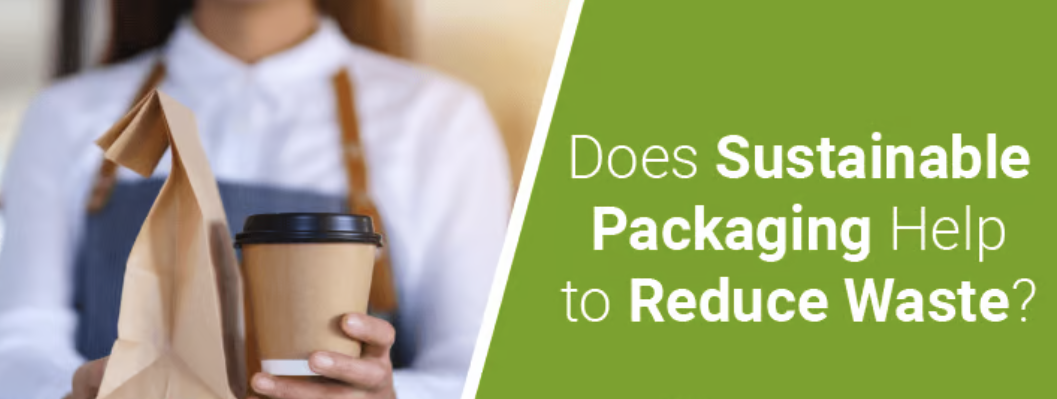Sustainable & Eco-Friendly Food Packaging: A Complete Guide

As consumers become more environmentally conscious, the demand for sustainable food packaging continues to rise. This article examines the latest trends and technologies in eco-friendly food packaging solutions.
The Importance of Sustainable Food Packaging
Food packaging plays a crucial role in preserving food quality and safety. However, traditional packaging materials often contribute to environmental problems. Sustainable food packaging aims to address these issues while maintaining the necessary functionality.
Innovative Materials in Sustainable Food Packaging
1. Bioplastics
Derived from renewable resources like corn starch or sugarcane, bioplastics offer a more sustainable alternative to traditional petroleum-based plastics.
2. Edible Packaging
Some companies are developing edible packaging made from materials like seaweed or milk proteins, which can be consumed along with the food product.
3. Plant-Based Materials
Packaging made from plant fibers, such as bamboo or wheat straw, provides biodegradable options for food containers and utensils.
Smart Packaging Technologies
Advancements in technology are enabling the development of smart packaging solutions that can extend shelf life and reduce food waste:
- Oxygen scavengers to prevent oxidation
- Moisture-control packaging to maintain optimal humidity
- Temperature-sensitive indicators to ensure proper storage
Challenges in Implementing Sustainable Food Packaging
While sustainable food packaging offers numerous benefits, there are challenges to overcome:
- Cost considerations compared to traditional packaging
- Ensuring food safety and regulatory compliance
- Maintaining the same level of convenience for consumers
- Scaling up production to meet growing demand
The Role of Consumers and Businesses
Both consumers and businesses play crucial roles in driving the adoption of sustainable food packaging:
Consumer Actions
- Choosing products with eco-friendly packaging
- Properly disposing of or recycling packaging materials
- Supporting brands that prioritize sustainability
Business Initiatives
- Investing in research and development of sustainable packaging solutions
- Implementing recycling and waste reduction programs
- Educating consumers about proper disposal methods
The Future of Sustainable Food Packaging
As technology advances and awareness grows, we can expect to see continued innovation in sustainable food packaging. This may include:
- More widespread adoption of compostable and biodegradable materials
- Integration of nanotechnology for improved food preservation
- Development of closed-loop recycling systems for packaging materials
Conclusion
Sustainable and eco-friendly food packaging represents a critical step towards reducing the environmental impact of the food industry. By embracing innovative materials and technologies, businesses can meet consumer demands for sustainability while ensuring food safety and quality. As this field continues to evolve, it will play an increasingly important role in building a more sustainable future for food consumption and packaging.